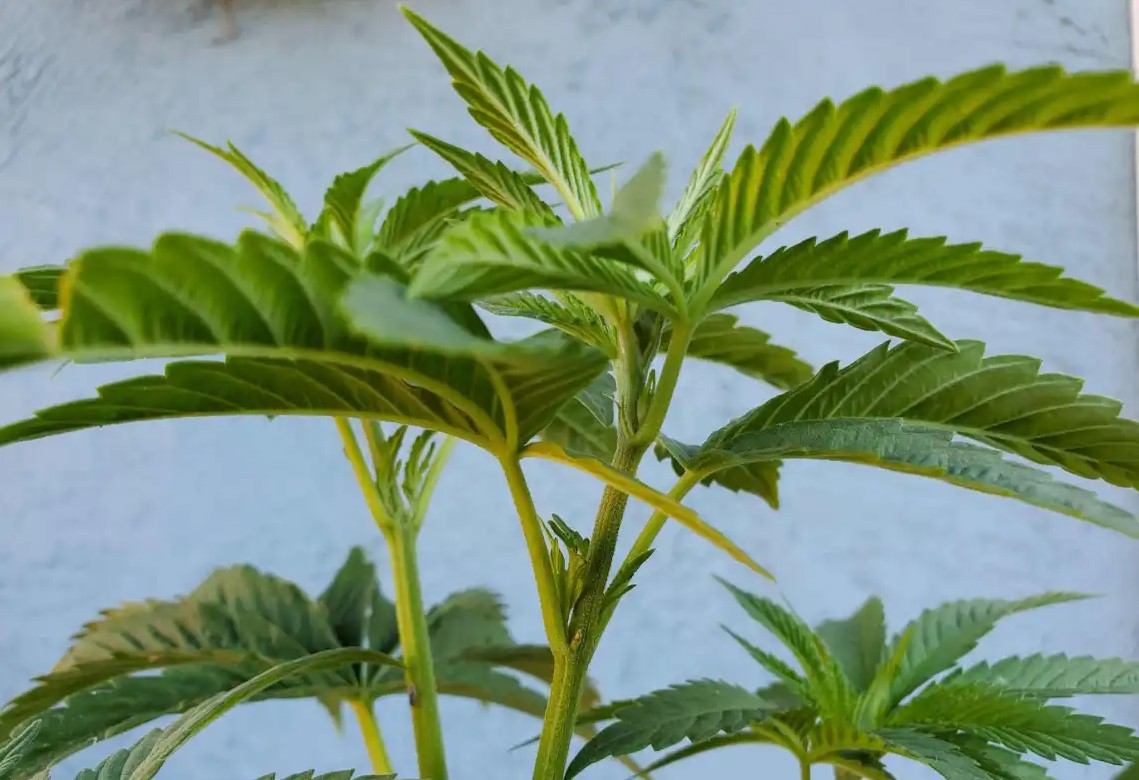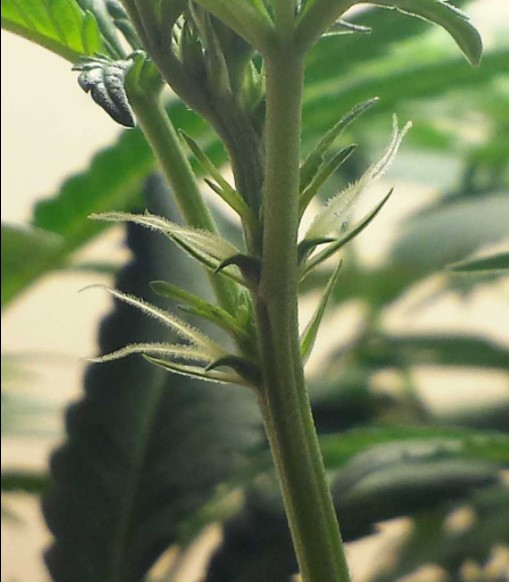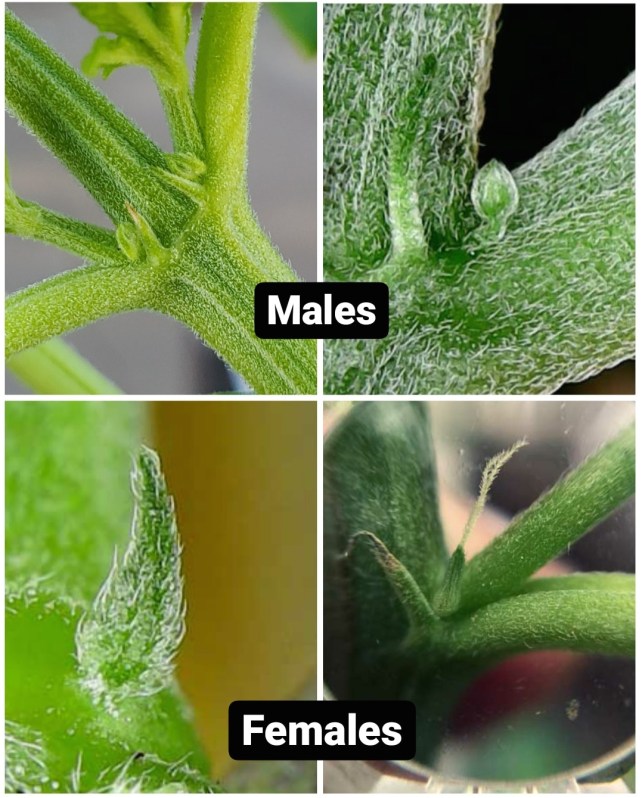As a cannabis cultivator, it can be disheartening when your plants fail to produce the beautiful and resinous buds you’ve been eagerly anticipating. Understanding the reasons behind this issue and implementing the right solutions is crucial to ensuring a successful harvest. In this guide, we will explore the various factors that can hinder flowering in cannabis plants and provide you with troubleshooting tips to get your plants back on track. So, let’s dive in and discover why are your cannabis plants not flowering and how you can resolve this issue.
Understanding the Cannabis Flowering Process
Before we delve into the potential causes of flowering problems, it’s important to have a basic understanding of the cannabis flowering process. Cannabis plants have two distinct stages of growth: the vegetative stage and the flowering stage. During the vegetative stage, which can last for several weeks to months, plants focus on developing leaves and stems. It is only during the flowering stage that female cannabis plants start producing buds rich in cannabinoids like THC and CBD.
The transition from the vegetative stage to the flowering stage is primarily controlled by light cycles. Cannabis plants are classified as short-day plants, also known as short-night or long-night plants. This means that they require a specific period of uninterrupted darkness, typically around 12 hours, to initiate the flowering process.
Common Reasons for Cannabis Plants Not Flowering
Now that we have a basic understanding of the cannabis flowering process, let’s explore some of the common reasons why your cannabis plants may not be flowering as expected.
1. Insufficient Age
One of the most common mistakes growers make is expecting their cannabis plants to flower too early. It’s important to remember that cannabis plants need to reach a certain age before they enter the flowering stage. Typically, plants require a minimum of 3-4 weeks from germination before they start showing signs of flowering. So, if your plants are still in the early stages of growth, be patient and allow them more time to develop before expecting them to flower.
2. Incorrect Sex of the Plant
Another crucial factor to consider is the sex of your cannabis plants. Only female cannabis plants produce the resinous buds that are highly sought after. If you are growing regular cannabis seeds, there is a 50% chance that you may have a male plant, which will not produce buds. Male plants develop pollen sacs instead of buds. Therefore, it’s important to identify and remove any male plants from your garden to prevent them from pollinating your female plants.
3. Light Cycle Issues
As mentioned earlier, cannabis plants require a specific light cycle to initiate the flowering process. If your plants are not receiving the correct amount of darkness, they may remain in the vegetative stage and fail to produce buds. For indoor growers, this can be easily controlled by using a timer to provide 12 hours of uninterrupted darkness each day. Outdoor growers, on the other hand, rely on the natural decrease in daylight hours as the seasons change to trigger flowering.
It’s essential to ensure that your plants are not exposed to any sources of light during their dark period, as even a brief interruption can disrupt the flowering process. Light leaks from nearby streetlights, windows, or other grow room equipment can prevent your plants from transitioning to the flowering stage.
4. Incorrect Light Spectrum
In addition to the duration of light and darkness, the quality of light also plays a role in the flowering process. Cannabis plants require a specific light spectrum, with a balance between blue and red light, to stimulate bud formation. During the vegetative stage, plants benefit from higher levels of blue light, which promote compact and bushy growth. However, during the flowering stage, plants require more red light to encourage the development of buds.
If your plants are not receiving the appropriate light spectrum, it can hinder their ability to flower. Ensure that you are using the correct grow lights or adjust the spectrum of your existing lights to provide the optimal conditions for flowering.
5. Nutritional Imbalances
Nutritional imbalances can also impact the flowering capabilities of your cannabis plants. During the flowering stage, plants have different nutrient requirements compared to the vegetative stage. They require higher levels of phosphorus and potassium, often referred to as bloom nutrients, to support the development of robust buds. If your plants are lacking these essential nutrients or if they are receiving an excessive amount of nitrogen, it can hinder flower production.
Regularly monitor and adjust your nutrient solution to ensure that your plants are receiving the appropriate balance of nutrients for each stage of growth. Conduct regular soil or water tests to identify any deficiencies or excesses and make the necessary amendments.
6. Environmental Factors
Environmental conditions such as temperature, humidity, and airflow can significantly impact the flowering process of cannabis plants. High temperatures, especially during the dark period, can disrupt the plant’s internal clock and delay or inhibit flowering. Similarly, excessively high or low humidity levels can create an unfavorable environment for bud development and increase the risk of mold and mildew.
Maintaining a consistent and optimal environment within your grow space is crucial for promoting healthy flowering. Ensure that temperatures remain within the appropriate range, generally between 20-28°C (68-82°F), and maintain humidity levels between 40-50% during the flowering stage. Proper airflow and ventilation will also help prevent the buildup of stagnant air and reduce the risk of pests and diseases.
7. Soil Health and Root Conditions
Healthy roots are the foundation for robust flowering in cannabis plants. Soil that retains too much moisture or lacks proper aeration can lead to root rot, a condition where the roots suffocate due to insufficient oxygen. Additionally, imbalances in the soil’s nutrient composition may hinder the plant’s ability to absorb essential elements, impacting overall growth and flowering.
Troubleshooting Tips for Soil-related Issues:
- Optimize Soil Drainage: Ensure your growing medium allows excess water to drain effectively, preventing waterlogged conditions that can lead to root rot.
- Adequate Aeration: Incorporate amendments or choose a growing medium that promotes proper aeration, preventing compaction and supporting healthy root development.
- Monitor Nutrient Levels: Regularly test your soil for nutrient levels and adjust your feeding regimen accordingly. Address any deficiencies or excesses promptly to maintain a balanced nutrient profile.
- Root Health Check: Periodically inspect the roots for signs of rot or discoloration. Healthy, white roots indicate a thriving plant, while brown or slimy roots may signal issues that need immediate attention.
- Consider Beneficial Microbes: Introduce beneficial microbes or mycorrhizal fungi to enhance nutrient absorption and promote a symbiotic relationship with the plant’s roots.
By addressing soil-related issues and ensuring optimal root health, you’ll contribute to a more conducive environment for your cannabis plants to progress smoothly from the vegetative to the flowering stage. Remember, a holistic approach to cultivation, considering all aspects of plant health, is key to a successful and bountiful harvest.
Troubleshooting Tips to Encourage Flowering
Now that we have identified some of the common causes of flowering issues, let’s explore some troubleshooting tips and solutions to get your cannabis plants back on track and encourage the production of beautiful buds.
1. Ensure Sufficient Age
If your plants are not flowering, it may simply be a matter of insufficient age. Allow your plants more time to develop and reach the appropriate stage for flowering. Be patient and monitor their growth progress, ensuring that they receive the necessary care and nutrients during this time.
2. Verify the Sex of Your Plants
Check the sex of your plants to ensure that you are working with female plants. If you have identified any male plants, remove them promptly to prevent pollination and the development of seeds. Regularly check your plants for signs of sex, such as the presence of pollen sacs in males or small white hairs (pistils) in females.
3. Adjust Light Cycles
If your plants are not receiving the correct light cycle, adjust your timing accordingly. For indoor growers, ensure that your plants receive 12 hours of uninterrupted darkness each day during the flowering stage. Use a timer to automate this process and prevent any accidental exposure to light during the dark period. Outdoor growers can rely on the natural decrease in daylight hours as the seasons progress to trigger flowering.
4. Eliminate Light Leaks
Inspect your grow space for any sources of light leaks that may be interrupting the dark period. Cover windows, seal any gaps or cracks in your grow room, and ensure that nearby equipment or external lights do not interfere with the darkness required for flowering. Complete darkness during the appropriate period is crucial for initiating and maintaining the flowering process.
5. Provide the Correct Light Spectrum
Ensure that your plants receive the appropriate light spectrum for each stage of growth. During the flowering stage, adjust your grow lights to provide a higher ratio of red light to promote bud development. LED grow lights with customizable spectrums are ideal for providing the specific wavelengths needed for optimal flowering.
6. Balance Nutrient Levels
Regularly monitor and adjust your nutrient solution to provide the necessary nutrients for flowering. Increase the levels of bloom nutrients, such as phosphorus and potassium, to support the development of robust buds. Avoid excessive nitrogen levels, as this can promote vegetative growth at the expense of flowering. Conduct regular soil or water tests to ensure that your plants are receiving the appropriate balance of nutrients.
7. Optimize Environmental Conditions
Maintain optimal environmental conditions within your grow space to promote healthy flowering. Monitor and control temperature and humidity levels, ensuring they remain within the appropriate range. Adequate airflow and ventilation will help prevent stagnant air and reduce the risk of pests and diseases. Regularly inspect your plants for any signs of stress or environmental issues and address them promptly.
8. Consider Stressing Techniques
In some cases, exposing your plants to mild stress can encourage them to transition to the flowering stage. Techniques such as low-stress training (LST), defoliation, or pruning can help redirect energy towards bud production. However, it’s important to exercise caution and not subject your plants to excessive stress, as this can negatively impact their overall health and yield.
9. Optimize Growing Medium and Watering Practices
Ensure that your growing medium provides adequate drainage and aeration to prevent waterlogged roots and nutrient imbalances. Overwatering or underwatering can hinder plant growth and flowering. Establish a regular watering schedule based on the specific needs of your plants and monitor the moisture levels in the growing medium to avoid any extremes.
10. Consider Genetic Factors
Genetics play a significant role in determining the flowering characteristics of cannabis plants. Some strains may naturally have longer or shorter flowering times, and certain phenotypes within a strain may exhibit variations in flowering behavior. If you have tried various troubleshooting techniques and your plants still fail to flower, it may be worth considering the genetic factors at play and exploring alternative strains or cultivars.
11. Seek Professional Advice
If you have exhausted all troubleshooting options and are still facing challenges with flowering, don’t hesitate to seek advice from experienced growers or professionals in the industry. They may be able to provide valuable insights and personalized guidance based on their expertise and experience.
12. Practice Patience and Persistence
Finally, it’s important to remember that growing cannabis is a process that requires patience and persistence. Every grow is a learning experience, and it may take some time and experimentation to achieve the desired results. Remain observant, adapt your techniques as needed, and continue to refine your cultivation skills over time.
Conclusion
Troubleshooting flowering issues in cannabis plants can be a challenging but rewarding process. By understanding the factors that can hinder flowering and implementing the appropriate solutions, you can encourage your plants to produce the resinous and potent buds you desire. Remember to consider factors such as age, sex, light cycles, nutrition, environment, and genetics when troubleshooting flowering problems. With patience, persistence, and a little bit of expertise, you can overcome these challenges and achieve a successful harvest. Happy growing!



